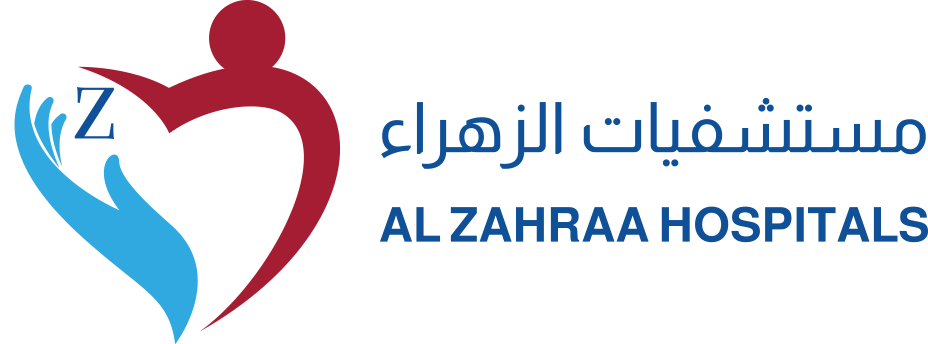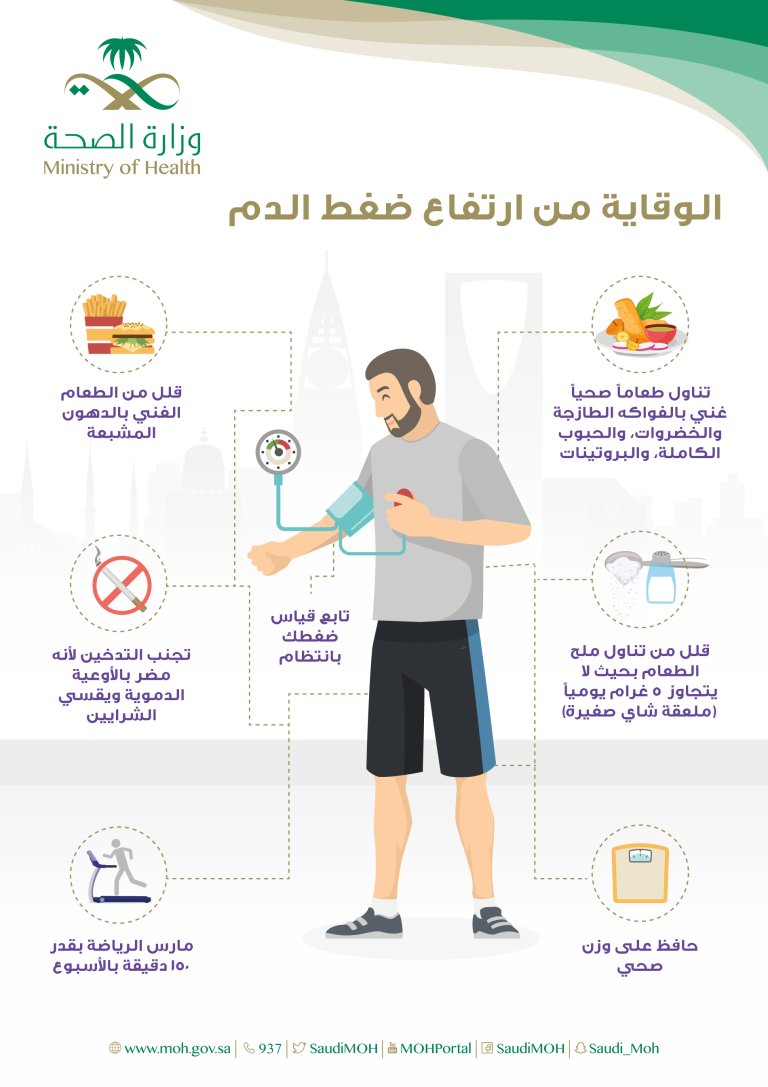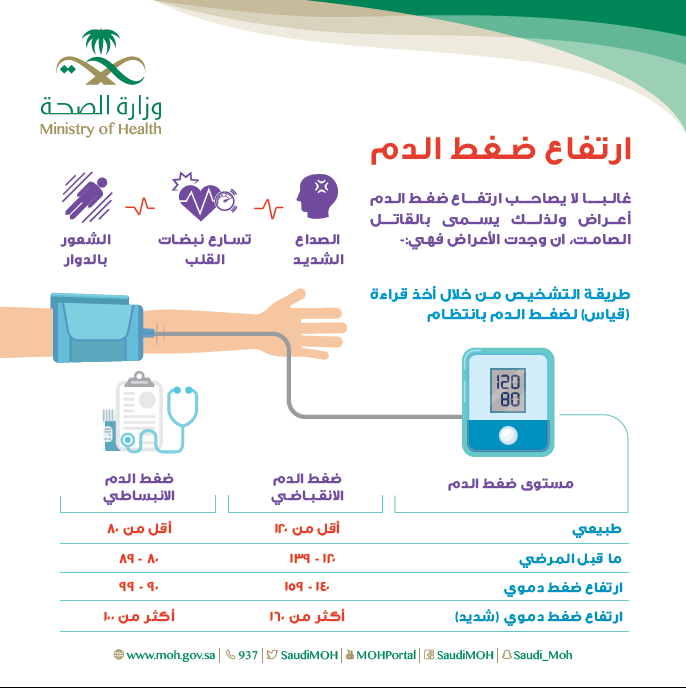Overview:
High blood pressure is a common condition that occurs when the pressure on the artery walls remains elevated over a long period.
It often has no symptoms but can lead to serious health problems like stroke, heart failure, and kidney failure.
The condition is caused by increased workload on the heart and blood vessels.
It is diagnosed through regular blood pressure readings.
It can be managed by following a healthy lifestyle and taking medication when necessary.
Definition:
High blood pressure is the force of blood pushing through your blood vessels. The heart works harder and the blood vessels are under more pressure, making it a major risk factor for heart disease, stroke, and other serious conditions.
Blood pressure depends on:
The amount of blood the heart pumps.
The resistance of the arteries to blood flow.
Hypertension typically develops over many years, but early detection allows better control.
Your body’s organs and tissues need oxygen-rich blood to function. The heart pumps this blood through a network of vessels — arteries, veins, and capillaries. This pressure results from two forces:
Systolic Pressure – the force when the heart pumps blood out.
Diastolic Pressure – the force when the heart is resting between beats.
Other Names:
The Silent Killer
Causes:
High blood pressure mainly results from increased workload on the heart and vessels. There are two types:
Primary (Essential) Hypertension:
No identifiable cause; develops gradually over years and is the most common type.Secondary Hypertension:
Caused by another medical condition, such as:Kidney or hormonal issues.
Thyroid problems.
Sleep apnea.
Congenital blood vessel defects.
Certain medications.
Drug or alcohol abuse.
Risk Factors:
Family history.
Aging.
Gender.
Obesity.
Smoking.
Alcohol consumption.
Stress.
Unhealthy diet (especially high salt intake).
Chronic diseases like diabetes.
Sedentary lifestyle (lack of physical activity).
Symptoms:
Most people with high blood pressure have no symptoms, even when readings are dangerously high. However, some may experience:
Headaches.
Shortness of breath.
Nosebleeds.
These signs are not specific and usually appear only in extreme cases.
When to See a Doctor:
Routine screening at least every two years starting at age 18 or sooner if risk factors are present.
Complications:
Aneurysms (vessel swelling).
Stroke.
Heart failure.
Angina.
Kidney failure.
Vision loss (blindness).
Sexual dysfunction.
Peripheral artery disease.
Memory and concentration problems.
Diagnosis:
Family history review.
Medical history.
Blood pressure monitoring.
Laboratory tests.
Other tests to rule out causes or associated risks.
Treatment:
Based on the diagnosis, the treatment plan may include:
Lifestyle changes like regular exercise and a healthy diet.
Medications to help control blood pressure.
Prevention:
A healthy lifestyle is key to preventing and managing high blood pressure:
Regular physical activity.
Maintaining a healthy weight.
Eating a balanced, low-salt diet.
Managing stress and anxiety.
Avoiding tobacco and alcohol.
Limiting caffeine intake.
Frequently Asked Questions:
• Is diastolic pressure more dangerous than systolic?
Systolic hypertension is generally more concerning because it directly reflects artery performance, but both readings are important and can be equally dangerous when elevated.
• Can high blood pressure be cured completely?
There’s no permanent cure, but blood pressure can be controlled. In some cases, medication doses may be reduced if managed well (under medical supervision).
• Are there specific instructions before taking a blood pressure reading?
Yes:
Ensure the device is accurate.
Measure twice daily and repeat each time to confirm accuracy.
Don’t measure immediately after waking.
Avoid eating or smoking 30 minutes before measuring.
Sit calmly for 5 minutes before and during measurement, with feet flat, back supported, and no talking.
Place the arm correctly.
Place the cuff on bare skin.
Record multiple readings in a log.
Common Misconceptions:
• Stopping medication once blood pressure is under control.
Fact: Medication should not be stopped without a doctor’s advice.
• Avoiding salt alone lowers blood pressure.
Fact: Salt reduction helps, but medication and a healthy lifestyle are also necessary.


